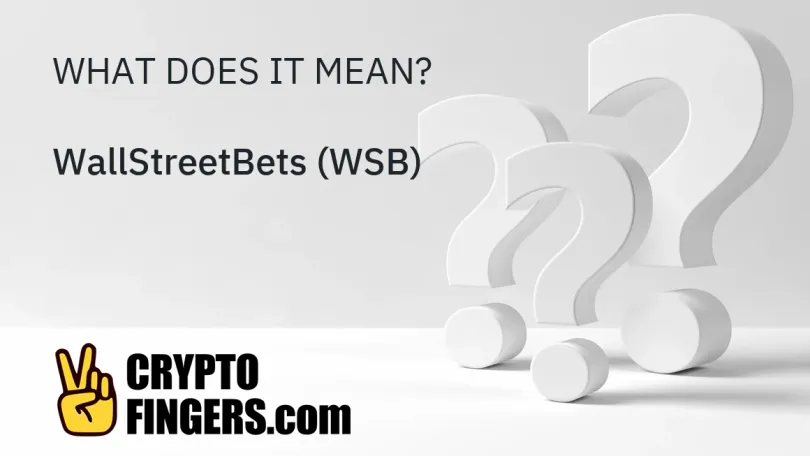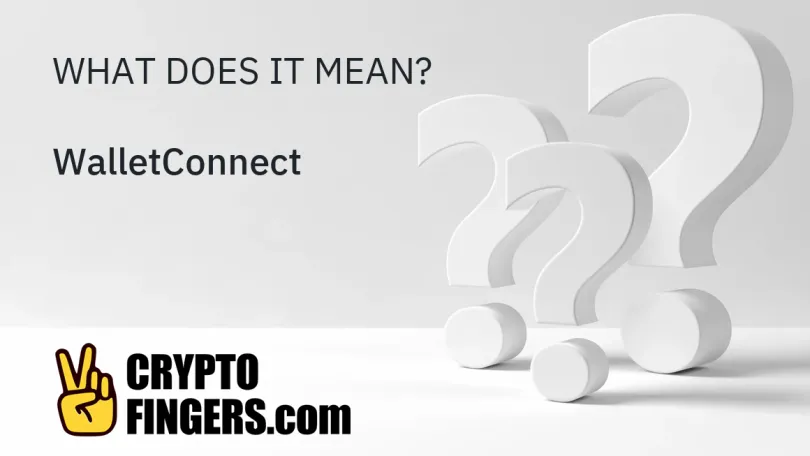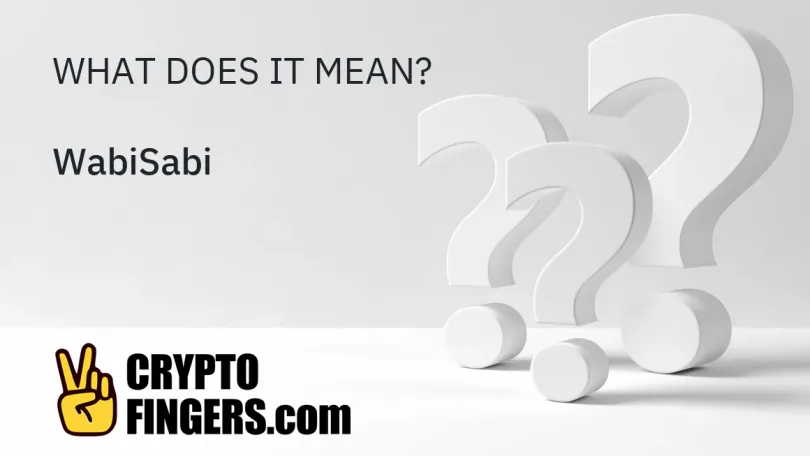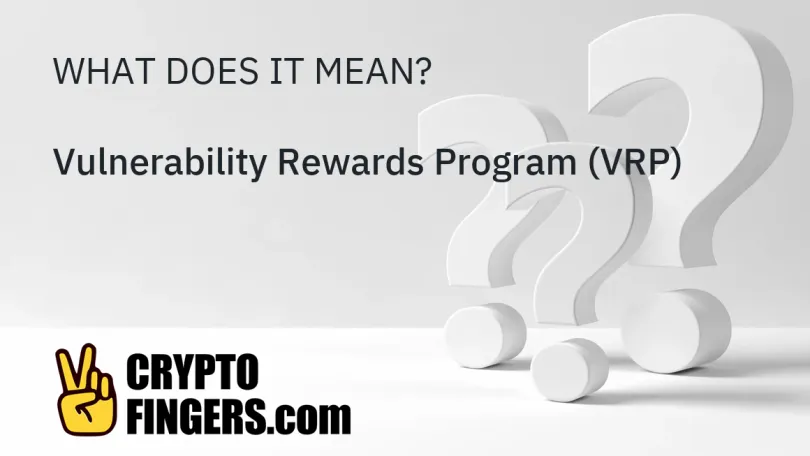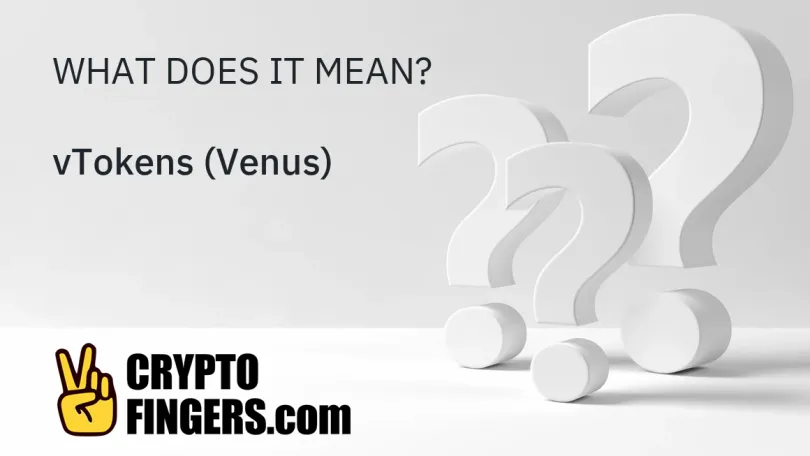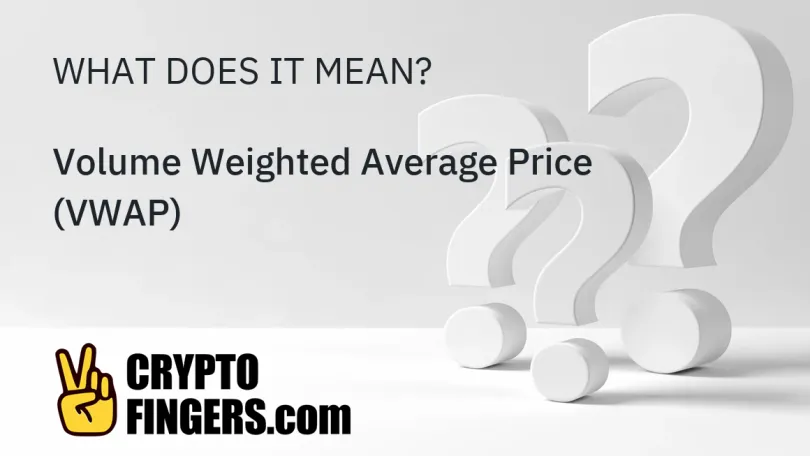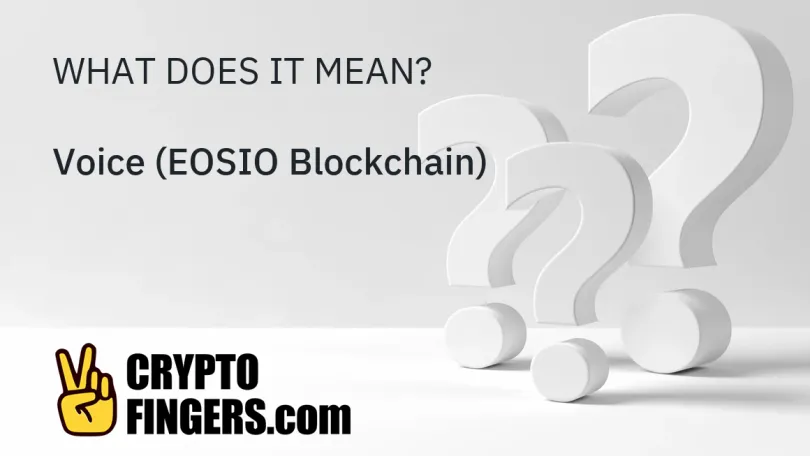⁝⁝⁝
Publications
WallStreetBets (WSB) or r/wallstreetbets is a subreddit that is part of the Reddit online forum where users discuss stock and options trading strategies. WSB has become notable because..
WalletConnect is an open-source web3 protocol that allows users to connect their crypto wallet(s) with decentralized applications (dApps). You can create an encrypted connection..
A cryptocurrency wallet is a device or service that stores users' public and private keys, allowing them to interact with various blockchains and to send and receive crypto assets..
WabiSabi is an anonymous credential scheme that will be introduced in the Wasabi Wallet 2.0 upgrade of CoinJoin. WabiSabi is designed to facilitate faster, more cost-efficient collaborative..
A vulnerability rewards program (VRP), or bug bounty, is an initiative that blockchain or software development enterprises may offer to external developers to incentivize the proper..
vTokens are the primary mechanism for users to interact with the Venus Protocol. vTokens are collateral-pegged assets that allow users to tokenize their traditional crypto assets such as..
In technical analysis, volume weighted average price (VWAP) is a benchmark that calculates the average price at which an asset has traded throughout the day, based on both volume and price..
Within a marketplace context, volatility refers to the degree of variation an asset's trading prices undergo relative to its mean price over a certain period of time. The more volatile..
Voice Over Internet Protocol (VOIP), sometimes known as IP telephony, is a technology that is used to carry out voice communication, video calling, and video conferencing over the internet..
Voice is the EOSIO blockchain's social media platform, and was created in an effort to provide a less exploitative and profit-based social media solution compared to traditional centralized..
⁝⁝⁝
Trending news
- Artificial Intelligence (AI)
- Altcoins
- Bitcoin
- DeFi
- Ethereum
- Economy
- Market and Events
- Metaverse
- Mining
- NFT
- Regulation
- Web3
- show less














